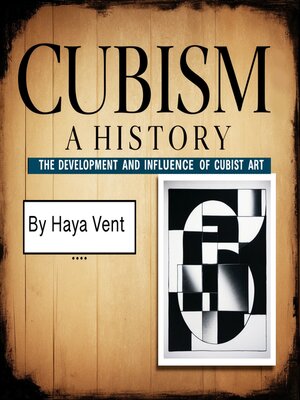
Sign up to save your library
With an OverDrive account, you can save your favorite libraries for at-a-glance information about availability. Find out more about OverDrive accounts.
Find this title in Libby, the library reading app by OverDrive.



Search for a digital library with this title
Title found at these libraries:
| Library Name | Distance |
|---|---|
| Loading... |
Cubism is a revolutionary movement in modern art that emerged in the early 20th century, fundamentally altering the way artists approached space, form, and perspective. At its core, Cubism challenged the traditional representation of reality by deconstructing subjects into geometric shapes, presenting multiple viewpoints simultaneously, and exploring abstraction. This departure from classical artistic conventions was not just a style but a new way of thinking about how we perceive the world.
The origins of Cubism are often traced back to the collaboration between two iconic artists: Pablo Picasso and Georges Braque. In the years preceding the birth of Cubism, both artists were exploring various modernist movements, such as Impressionism and Post-Impressionism, which sought to break away from realistic depictions of the world. However, it was their growing interest in African art and the work of Paul Cézanne, particularly his use of geometric forms in nature, that led them to develop the early experiments that would later define Cubism.
One of the pivotal moments in the development of Cubism came with Picasso's groundbreaking painting, Les Demoiselles d'Avignon (1907). This work, featuring fragmented forms and disjointed perspectives, broke with centuries of artistic tradition. Picasso's radical approach was furthered by Braque, who, alongside him, began to incorporate these fragmented forms into their works. The two artists often worked in close collaboration, pushing each other to explore new artistic frontiers and solidifying the foundation for the Cubist movement.






